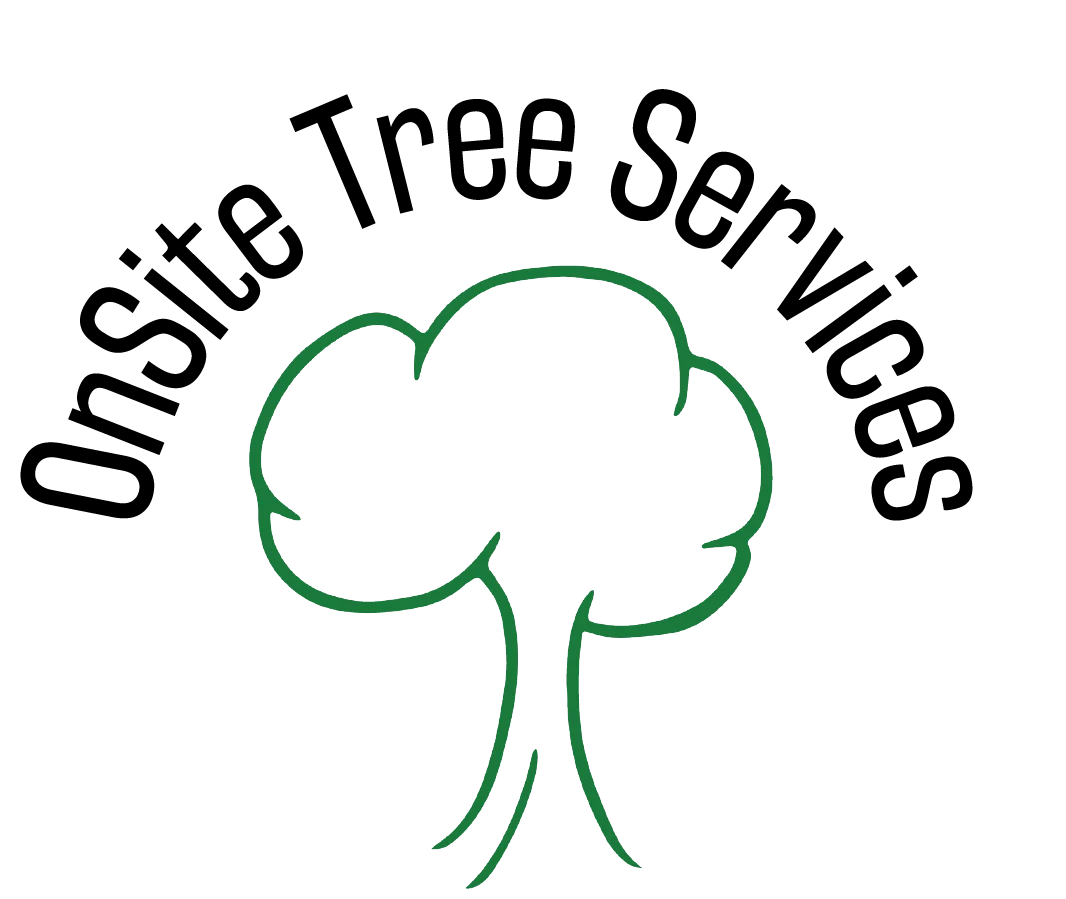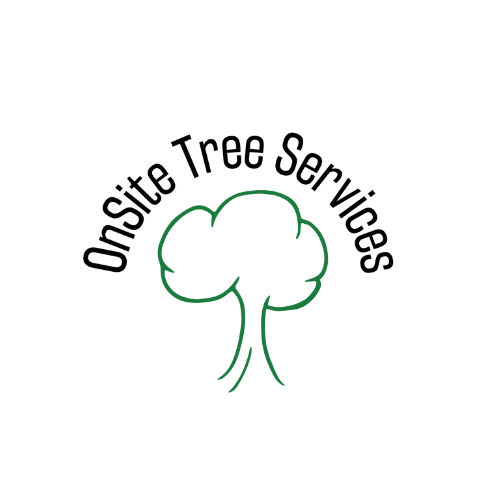Identifying root problems often begins with observing visible signs of damage. For instance, cracks in a home’s foundation, uneven or lifted sidewalks and driveways, or recurring clogs in sewer lines are strong indicators of root intrusion. Tree roots can spread far beyond the base of a tree and cause serious problems for homeowners. You might also notice depressions or humps in the lawn, especially near the tree, or a general decline in the health of nearby plants due to root competition for water and nutrients. Generally, roots can extend horizontally 2 to 3 times the height of the tree, and sometimes even further.
To effectively manage the issue, homeowners must understand how roots grow and the impact a tree grows to have on its surroundings.
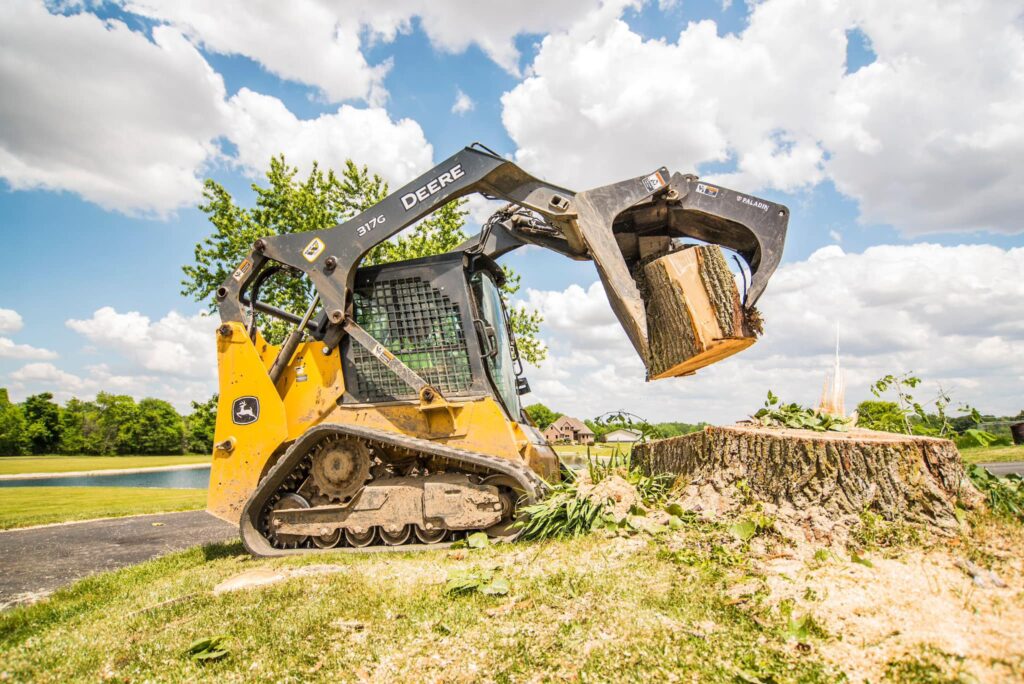
This guide explains how to identify root problems, what solutions are available, and when professional help is the safest option. For more information on tree care and safety, you can visit Onsite Tree Services.
Why Tree Roots Cause Yard and Home Problems
When it comes to solutions, several approaches can be considered, ranging from preventative measures to active remediation. Root barriers, either physical or chemical, can be installed to redirect root growth away from vulnerable structures. Physical barriers are typically made of durable materials like plastic or concrete and are buried vertically in the ground.
For existing damage, root pruning might be an option, though it should be done cautiously to avoid harming the tree’s stability and health. This involves carefully cutting back roots that are causing problems, often requiring specialized equipment and knowledge. In cases of severe plumbing intrusion, hydro-jetting or mechanical root cutting can clear the pipes, but this is often a temporary solution as roots will regrow.
OnSite Tree Services offers tree risk assessments to help homeowners identify these issues early and protect their property.
Signs You Have to Remove Invasive Tree Roots in Your Yard
Recognizing early signs of tree root issues helps prevent significant damage. The table below shows common symptoms and their causes.
Deep-rooted trees can grow large roots that extend deep into the soil, providing greater stability. Root issues may cause patches of stunted or discolored grass around the tree base.
| Sign | Possible Cause |
| Cracks in sidewalks/driveway | Roots pushing through concrete |
| Backed-up drains | Roots invading sewer lines |
| Soil lifting near trees | Surface roots spreading under the soil surface |
| Exposed roots at base | Shallow root system or erosion |
| Foundation cracks | Invasive roots reaching the structure |
Homeowners who notice these signs often require residential tree removal to stop the damage from spreading.
Root Control Options for Homeowners
You do not always need to remove the entire tree. There are several safe root control methods:
- Root pruning: cut selected roots while protecting tree stability.
- Root barriers: install barriers to stop further root growth.
- Chemical methods: apply rock salt or safe inhibitors using a garden sprayer.
- Soil management: keep roots healthy with mulch and proper watering.
These options can prevent invasive root problems without full tree removal. Many of these solutions are paired with stump grinding to stop regrowth in unwanted areas.
When Tree Root Removal is the Best Choice
Sometimes pruning or barriers are not enough. If roots are too large or too close to the tree’s trunk, the best option may be tree root removal. Large roots near the trunk often support the tree’s stability, and cutting them without care can make the tree dangerous.
For trees with extensive root systems that have already damaged foundations, complete removal of the tree and root system may be required. A certified arborist ensures that removal is done safely.
OnSite Tree Services provides emergency tree removal when roots threaten property safety.
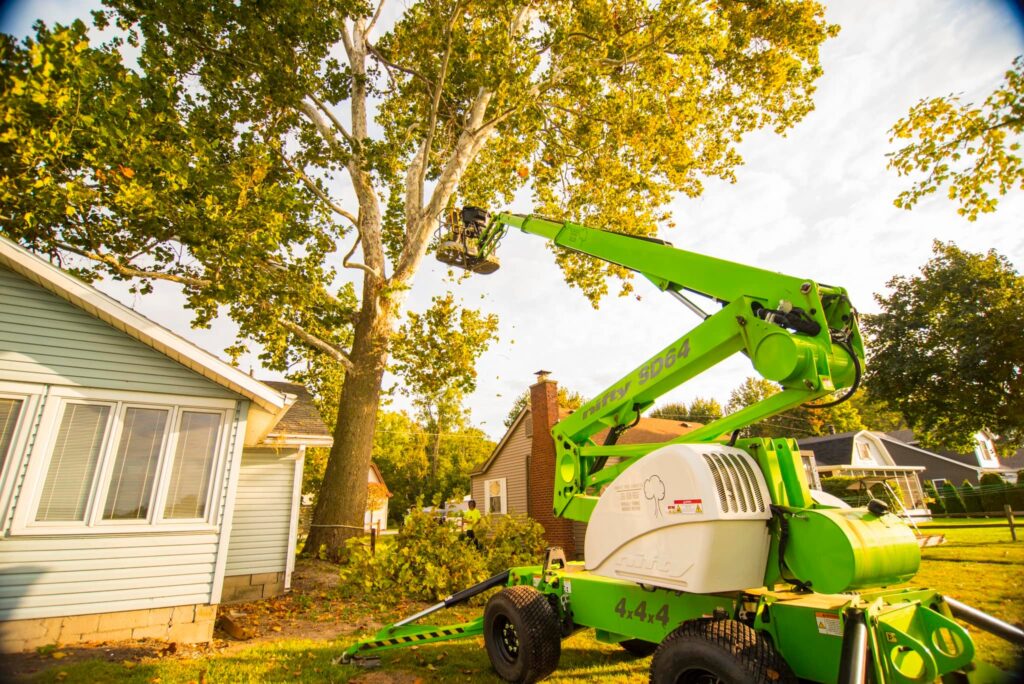
Preventing Future Invasive Tree Root Damage
Leaving a stump after tree removal can cause root regrowth. Stump grinding removes both the stump and the roots that feed it, which prevents future sprouts in unwanted areas. Grinding also clears the soil surface so you can safely replant grass or new trees.
Mulching the area helps restore nutrients and supports healthy root growth for nearby plants. In many homes across Fort Wayne and Columbia City, stump grinding has stopped repeat root problems from coming back.
Professional Help for Exposed Root-Related Problems
Understanding the growth habits of certain tree species is the first step in preventing root-related issues. For existing problematic trees, chemical treatments can be used to kill roots in specific areas without necessarily harming the entire tree. DIY root cutting often leads to more problems. Cutting the wrong roots can cause root damage, weaken the tree, and increase fall risk. Arborists look at the root ball, root zone, canopy, and soil surface before recommending solutions.
For existing tree root problems, especially those caused by invasive species or trees planted too close to structures, removal might be necessary. This often involves professional tree stump removal, which can be achieved through grinding or chemical treatments
Professional services include tree root removal, root pruning, stump grinding, and tree risk assessments. These services are available from OnSite Tree Services, which serves communities like Kendallville and Rome City.
Hiring an arborist ensures that roots are managed without risking the tree’s stability or your home’s safety.
DIY vs Professional Tree Root Removal
Many homeowners consider removing tree roots on their own, but the outcome can be very different compared to hiring a professional. This table shows the key differences.
| Aspect | DIY Root Removal | Professional Root Removal |
| Cost | The upfront cost is lower, but mistakes often lead to expensive repairs later. | The cost is higher at first, but professional work prevents future property damage. |
| Safety | DIY removal carries a risk of injury and may weaken the tree’s stability. | Professionals use the right equipment and methods, which keeps the process safe. |
| Effectiveness | DIY solutions are often temporary, and the roots usually grow back. | Professional removal is more permanent, using stump grinding or barriers. |
| Knowledge | Homeowners often rely on trial and error without knowing the root system. | Arborists have expert knowledge of tree species, root systems, and soil conditions. |
| Best For | DIY works only for small or surface roots that pose little risk. | Professional removal is best for large roots, invasive roots, and foundation protection. |
Invasive tree root damage can be a significant headache for homeowners, leading to cracked foundations, uplifted sidewalks, and compromised plumbing systems. Understanding the nature of a tree root system is crucial for effective management. One of the most effective long-term solutions to prevent invasive tree root damage is to install root barriers.
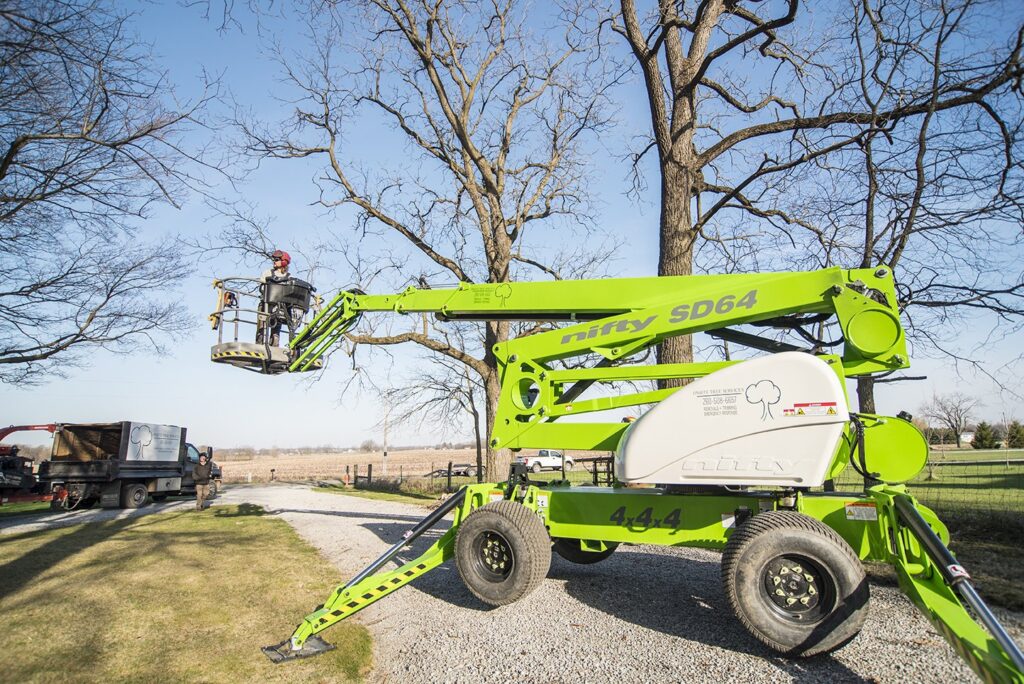
How to Keep Your Yard Safe in the Future
Preventing root issues starts with the right tree species. Avoid planting large-rooted trees like willows near homes. Place new trees outside the drip line of your house to prevent future root growth problems.
Proper mulching is also important. Avoid mulch volcanoes, which trap moisture and weaken roots. Instead, spread mulch evenly around the tree base. Scheduling a tree risk assessment every few years ensures early detection of root problems.
The key is to balance the tree’s need for healthy growth with the homeowner’s need to prevent root damage to surrounding structures. Addressing these issues requires a comprehensive understanding of tree health and appropriate control and removal techniques.
Construction and landscaping projects can impact root systems, and the U.S. Department of Agriculture (USDA) provides advice on managing roots to prevent property damage.
Frequently Asked Questions
How do I know if roots are damaging my foundation?
Signs include cracks in concrete, uneven floors, or soil lifting near the house caused by invasive tree roots. A tree risk assessment can confirm if the root system is creating foundation damage.
Can cutting roots kill my tree?
Yes, cutting large roots near the tree trunk can weaken the tree’s stability and health. It is safer to use root pruning methods guided by a professional arborist.
Will stump grinding stop roots from growing back?
Yes, stump grinding removes the stump and connected roots, which stops regrowth. This also prevents future root problems such as sprouts in unwanted areas.
Are root barriers effective for surface roots?
Yes, root barriers redirect surface roots and prevent them from spreading into sewer lines or driveways. They are effective when installed around young trees or after tree root removal.
Should I hire a professional for tree root removal?
Yes, experts use safe methods for removing exposed roots, cutting invasive roots, and controlling further root growth. Hiring a professional also prevents damage to your home’s foundation or yard.
